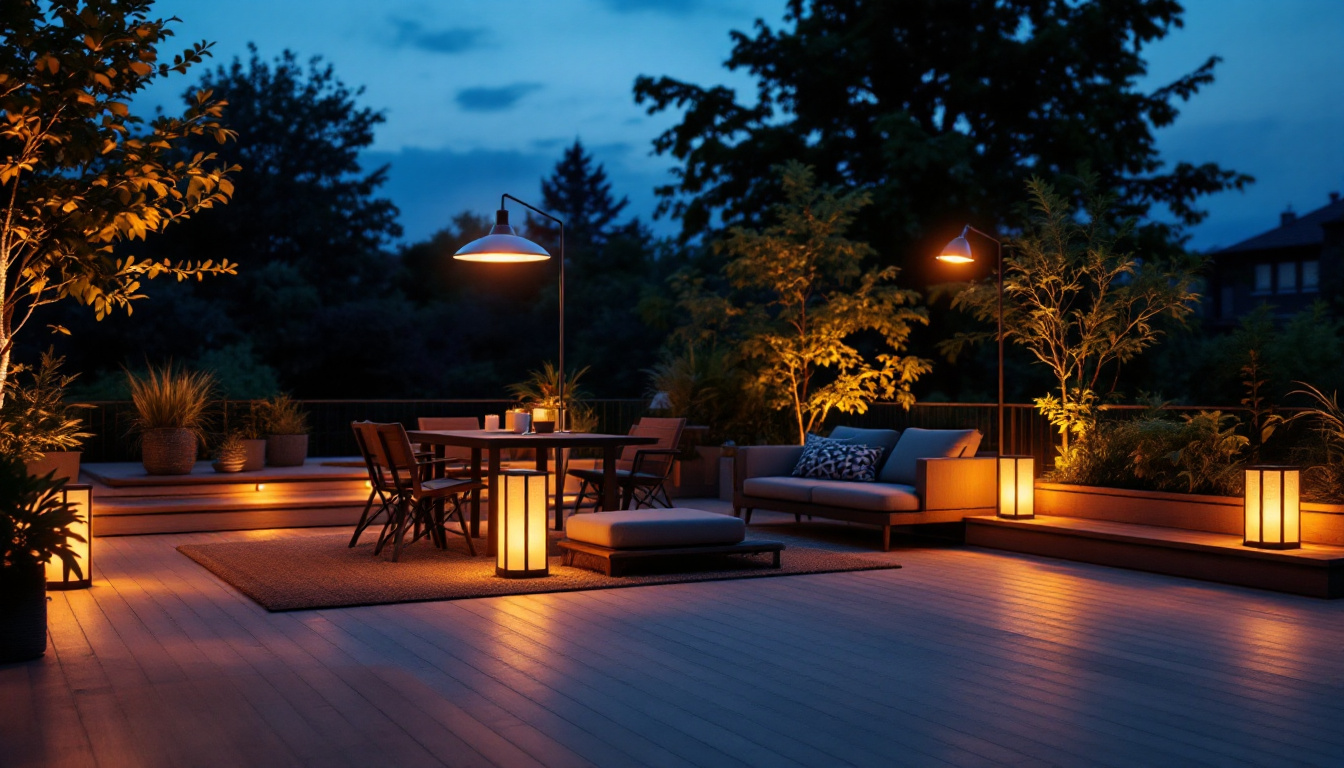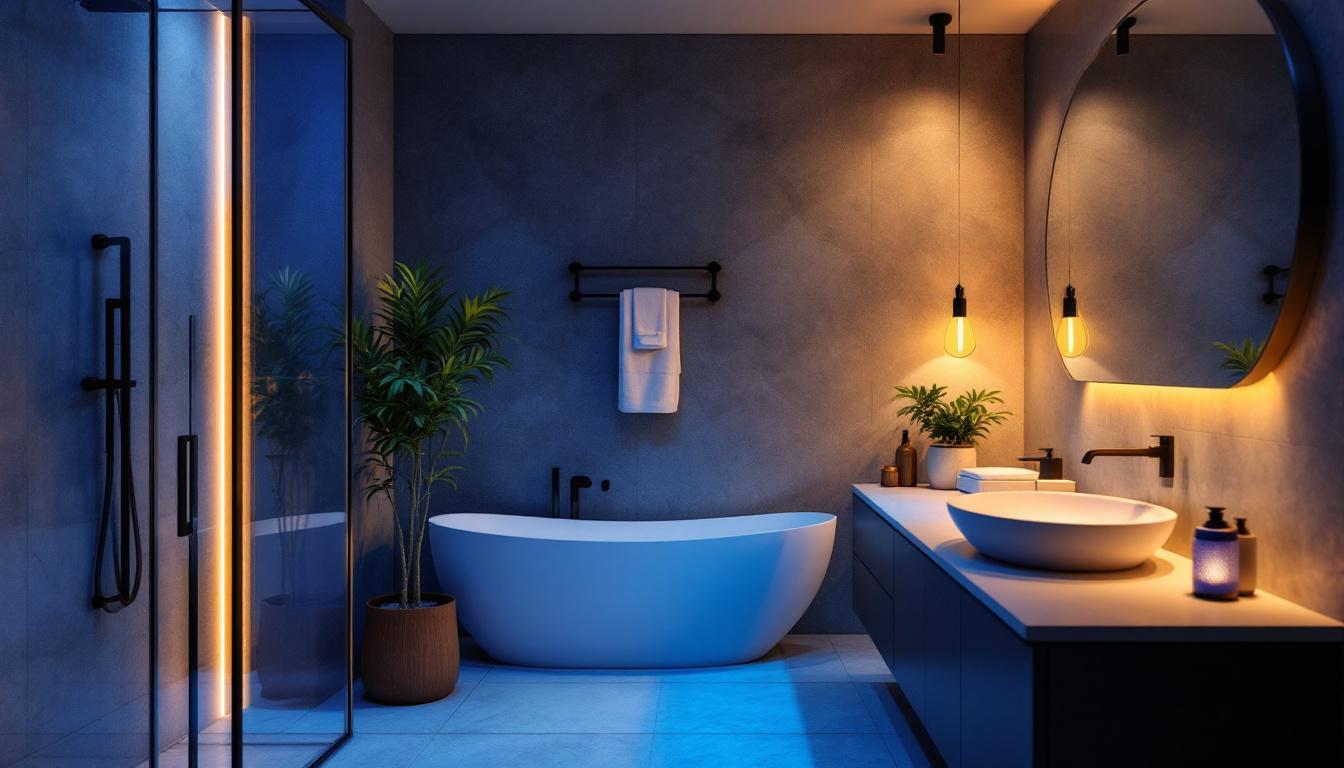
In the realm of lighting design and installation, recessed trim rings play a pivotal role in achieving both functionality and aesthetics. These components are not merely decorative; they serve essential purposes that can significantly impact the overall quality of a lighting project. For lighting contractors, understanding the nuances of recessed trim rings is crucial for delivering exceptional results to clients. This article delves into the essential facts about recessed trim rings, exploring their types, installation processes, and the best practices for selection.
Recessed trim rings are the visible portions of recessed lighting fixtures, typically installed in ceilings or walls. They provide a finished look while also serving to conceal the edges of the cut-out made for the fixture. The choice of trim ring can influence not only the appearance of the lighting but also the distribution of light and the overall ambiance of a space. For instance, a well-chosen trim ring can enhance the architectural features of a room, drawing attention to specific areas while maintaining a cohesive design throughout the space.
In addition to their aesthetic contributions, recessed trim rings can also play a role in energy efficiency. By selecting trim rings that are designed to minimize light leakage, homeowners can ensure that the maximum amount of light is directed where it is needed most, reducing the overall energy consumption of the lighting system. This is particularly important in larger spaces or areas with high ceilings, where effective light distribution can significantly impact both functionality and comfort.
There are several types of recessed trim rings available, each designed for specific applications and aesthetic preferences. The most common types include:
Another type worth mentioning is the baffle trim, which features a ribbed interior designed to reduce glare and soften the light output. This type is particularly beneficial in settings where harsh lighting can be distracting or uncomfortable, such as in home theaters or reading nooks. Additionally, there are also reflector trims that enhance brightness and are often used in commercial spaces to provide a more pronounced light output, making them suitable for areas that require high visibility.
The materials used in recessed trim rings can vary widely, impacting both durability and appearance. Common materials include:
In addition to these common materials, some manufacturers are now exploring eco-friendly options, such as recycled materials or sustainable composites, which appeal to environmentally conscious consumers. These innovative materials not only help reduce environmental impact but also often come with unique textures and finishes that can enhance the overall design of the lighting fixture. Furthermore, the choice of material can also influence the heat dissipation properties of the trim ring, which is an important consideration for maintaining the longevity of the lighting fixture and ensuring safety in installation.
Proper installation of recessed trim rings is essential for ensuring optimal performance and appearance. The installation process may vary depending on the type of trim ring and the specific lighting fixture being used. Here are some key steps and considerations for lighting contractors:
Before beginning the installation, it is crucial to plan the layout of the recessed lighting. Consider the following:
The installation of recessed trim rings generally follows these steps:
Choosing the right recessed trim ring is crucial for achieving the desired lighting effect and aesthetic appeal. Here are some best practices for lighting contractors to consider:
Understanding the specific requirements of the space where the recessed lighting will be installed is essential. Factors to consider include:
With the increasing focus on energy efficiency, selecting trim rings that accommodate LED fixtures can be beneficial. LED-compatible trim rings can enhance energy savings while providing excellent light quality. Additionally, consider options that offer dimming capabilities to further enhance energy efficiency and control over lighting levels.
The trim ring should complement the overall design of the space. This includes considering the color palette, architectural style, and existing fixtures. A well-chosen trim ring can enhance the design elements of a room, while a poorly selected one may detract from the overall aesthetic.
Lighting contractors may encounter various challenges when working with recessed trim rings. Being aware of these potential issues and their solutions can streamline the installation process and improve client satisfaction.
One common issue is the trim ring not fitting properly in the ceiling cut-out. This can lead to gaps that are visually unappealing. To mitigate this issue:
Light leakage can occur if the trim ring does not create a tight seal with the ceiling. This can lead to unwanted light escaping and may affect the overall effectiveness of the lighting. To address this:
The lighting industry is continually evolving, and recessed trim rings are no exception. Staying informed about current trends can help lighting contractors offer innovative solutions to their clients.
As the demand for smart home technology grows, recessed trim rings are increasingly being designed to accommodate smart lighting systems. This allows for enhanced control over lighting through mobile apps or voice-activated devices, providing convenience and flexibility for homeowners.
Minimalism continues to be a popular trend in interior design, and recessed trim rings are following suit. Sleek, low-profile designs that blend seamlessly with ceilings are favored for their understated elegance. These designs not only enhance the aesthetic appeal but also allow for a more cohesive look throughout a space.
With a growing emphasis on sustainability, many manufacturers are now offering recessed trim rings made from eco-friendly materials. These options appeal to environmentally conscious clients and align with the broader trend of sustainable building practices.
Recessed trim rings are an essential component of any lighting installation, impacting both the functionality and aesthetics of a space. For lighting contractors, understanding the various types, installation processes, and best practices for selection is crucial for delivering high-quality results. By staying informed about current trends and addressing common challenges, contractors can enhance their service offerings and meet the evolving needs of their clients. Ultimately, the right recessed trim ring can transform a simple lighting fixture into a stunning focal point, elevating the overall design of any room.
Ready to elevate your lighting installations with the perfect recessed trim rings? At LumenWholesale, we offer a vast array of spec-grade lighting products that blend quality, affordability, and convenience. Say goodbye to inflated markups and hello to superior lighting solutions at wholesale prices. With our commitment to hassle-free bulk buying and free shipping, you can trust that you’re getting the best value for your investment. Don’t compromise on excellence. Visit LumenWholesale today and discover the ideal lighting products to make your projects shine.

Discover expert tips from top lighting contractors on overcoming outdoor lights commercial challenges.

Discover the must-know essentials for lighting contractors when it comes to outdoor deck lamps.

Discover the ultimate guide to bathroom lighting with “Bathroom Li: Everything You Need to Know for Lighting.” Uncover expert tips, design ideas, and practical solutions to illuminate your space beautifully and efficiently.

Discover how utilizing outside light can revolutionize your lighting projects by boosting efficiency and sustainability.